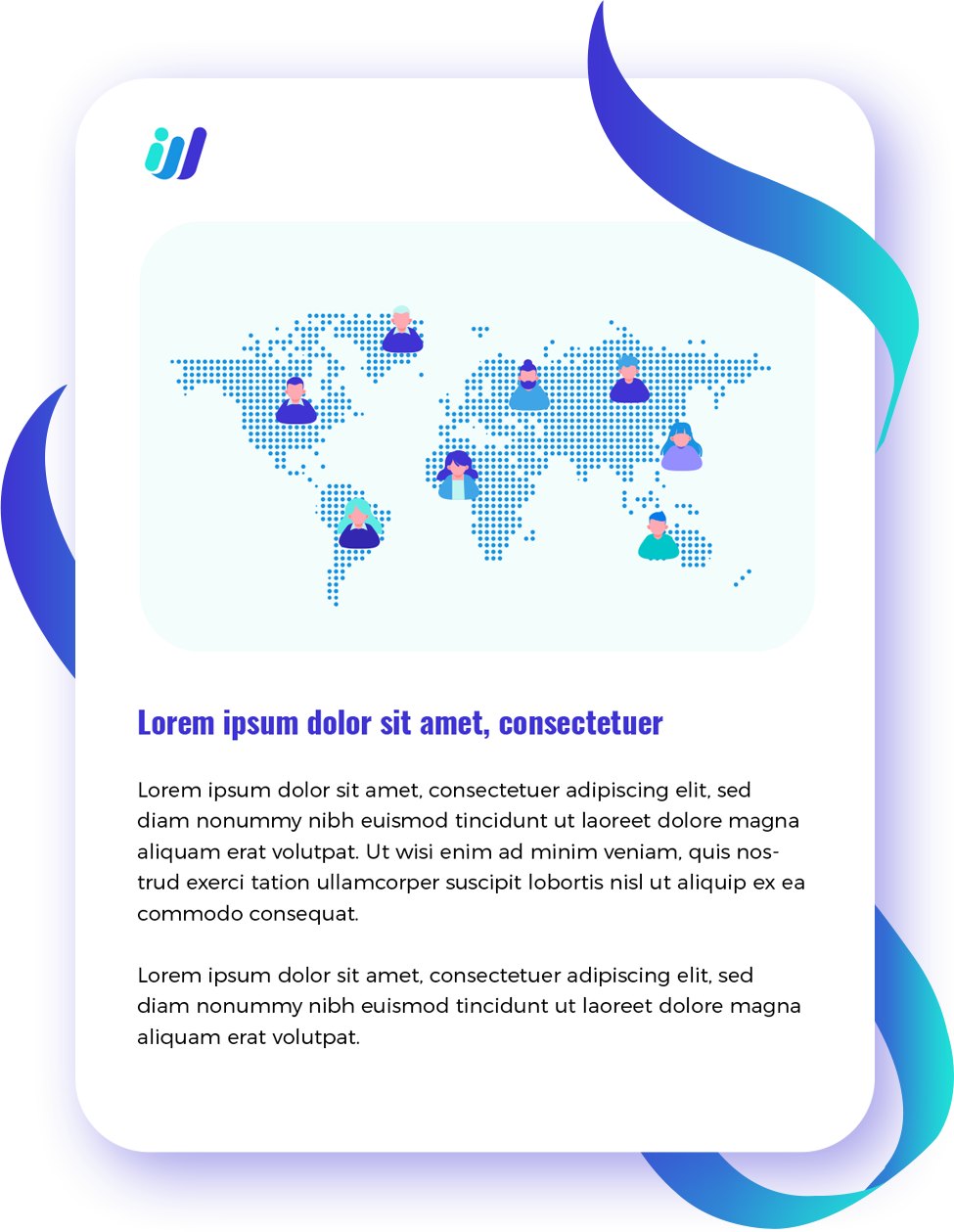Outsourcing has evolved dramatically over the past few decades, reshaping global industries and redefining competitive strategies. As businesses seek innovative ways to optimize operations, reduce costs, and focus on core competencies, outsourcing has emerged as a cornerstone for sustainable growth. This article explores the evolution of outsourcing and how modern strategies, particularly Third Wave Outsourcing, are unlocking competitive advantages for businesses.
The Evolution of Outsourcing
The history of outsourcing can be divided into three waves, each marked by shifts in strategy and technological advancements:
- First Wave: Cost-Centric Outsourcing
The initial phase of outsourcing began in the late 20th century, primarily driven by cost reduction. Companies outsourced low-value, repetitive tasks such as data entry and manufacturing to offshore locations where labor was cheaper. While this approach helped businesses cut expenses, it often came at the cost of quality and customer satisfaction. Learn more about the history of outsourcing from Deloitte’s Global Outsourcing Survey.
- Second Wave: Efficiency-Driven Outsourcing
The second wave of outsourcing emphasized process efficiency and operational scalability. With advancements in technology, companies began outsourcing more complex tasks, including IT services, customer support, and supply chain management. The focus shifted from merely cutting costs to enhancing service delivery and streamlining operations. For insights into how technology transformed outsourcing, check out McKinsey’s report on outsourcing trends.
- Third Wave: Strategic Outsourcing
Today, outsourcing has evolved into a strategic partnership model, where businesses collaborate with specialized service providers to drive innovation and create value. Third Wave Outsourcing is characterized by a focus on expertise, digital transformation, and co-creation. It leverages cutting-edge technologies such as AI, cloud computing, and automation to deliver not only cost savings but also competitive differentiation. Explore how AI is shaping outsourcing in Harvard Business Review’s article on AI and outsourcing.
Key Strategies for Gaining a Competitive Advantage
To stay ahead in an increasingly competitive market, businesses must adopt sophisticated outsourcing strategies. Here are some key approaches:
1. Partnering for Innovation
Strategic outsourcing partners go beyond traditional service delivery to offer innovation-driven solutions. By collaborating with firms specializing in emerging technologies, companies can access advanced tools and expertise to improve product offerings, enhance customer experience, and stay ahead of industry trends. For more on innovation partnerships, visit Forbes’ guide to strategic outsourcing.
2. Embracing Digital Transformation
Modern outsourcing leverages digital tools such as AI, machine learning, and data analytics to optimize operations. These technologies enable businesses to gain real-time insights, automate routine tasks, and improve decision-making. For example, predictive analytics can help optimize supply chains, while AI-powered chatbots enhance customer support. Learn more about digital transformation in outsourcing from Gartner’s insights.
3. Building Agile Ecosystems
Agility is critical in today’s fast-paced business environment. Third Wave Outsourcing emphasizes building flexible ecosystems of partners who can scale services, adapt to changing market demands, and provide tailored solutions. This approach ensures resilience and responsiveness in a volatile marketplace. Discover how to build agile ecosystems in BCG’s article on outsourcing agility.
4. Enhancing Focus on Core Competencies
Outsourcing allows businesses to delegate non-core activities to external experts, enabling them to focus on their strengths. For instance, a tech startup might outsource HR and accounting functions to concentrate resources on product development and market expansion. Read more about core competency strategies in Entrepreneur’s guide to outsourcing.
5. Prioritizing Risk Management
Third Wave Outsourcing integrates robust risk management frameworks. By diversifying operations and leveraging global partnerships, businesses can mitigate risks related to geopolitical disruptions, regulatory changes, and economic fluctuations. For a deeper dive into risk management in outsourcing, check out PwC’s risk management insights.
Challenges in the Modern Outsourcing Landscape
Despite its advantages, outsourcing isn’t without challenges. Companies must navigate issues such as:
- Cultural and Communication Gaps: Working across different time zones and cultural contexts can create misunderstandings.
- Data Security Concerns: Increased reliance on digital platforms necessitates stringent cybersecurity measures. Learn more about cybersecurity in outsourcing from CSO Online.
- Dependency Risks: Over-reliance on outsourcing partners can hinder a company’s ability to regain control over critical functions if needed.
Successful outsourcing requires a thoughtful approach to partner selection, clear communication, and alignment of goals.
Conclusion
Outsourcing has come a long way from its cost-focused origins to becoming a strategic enabler of innovation and competitive advantage. By embracing Third Wave Outsourcing, businesses can unlock new growth opportunities, enhance operational efficiency, and stay ahead in an ever-changing market.
The key lies in treating outsourcing as a partnership rather than a transactional arrangement. By aligning with the right partners, adopting cutting-edge technologies, and fostering collaborative ecosystems, businesses can transform outsourcing from a cost-saving tactic into a powerful driver of long-term success.
Ready to embrace the future of outsourcing? Download our FREE eBook and start building your competitive advantage today.


